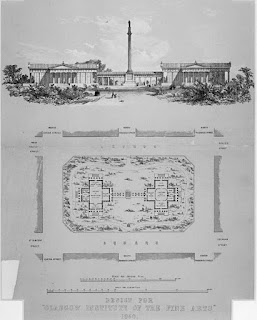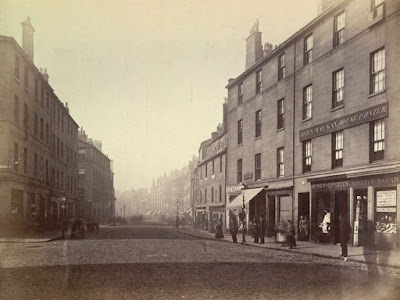
What's in a name ? Like many other church lands throughout the country at that time, some of the possessions described in the Inquest had probably passed into the hands of laymen, but were no doubt restored, as most of the lands specified can be identified among those subsequently belonging to the bishopric. Those adjoining Glasgow, so far as identified, were situated to the east of the Molendinar Burn. It seems to have been considered unnecessary to mention the site of the Cathedral and Glasgow itself, unless such possessions are included under designations that have not been recognised. All around Glasgow the lands not belonging to the Church seem to have been part of the royal domain, and the whole of that territory was disposed of by King David before the close of his reign. Rutherglen was erected by him into a royal burgh, with the privilege of trade over a wide district, extending on the west to th...





